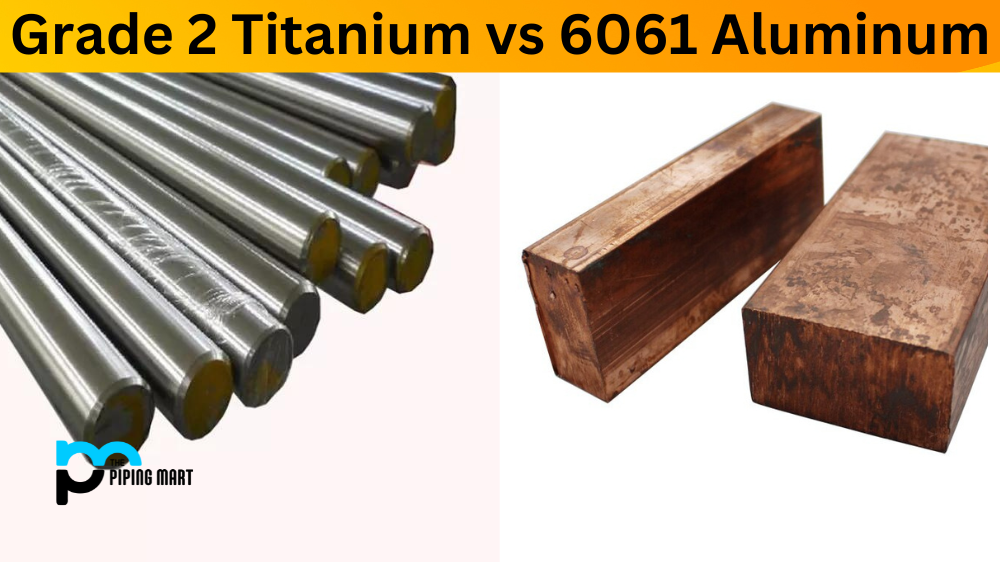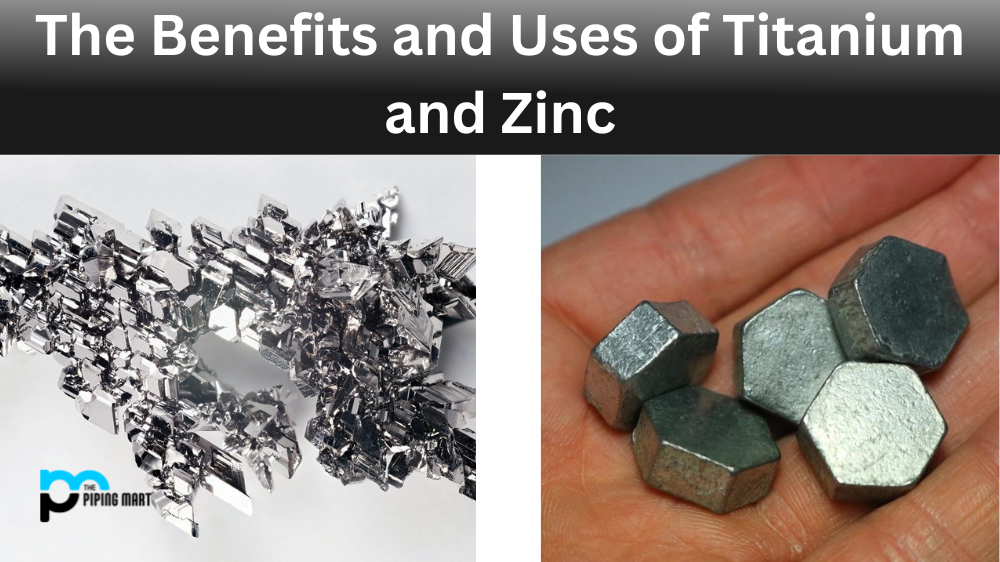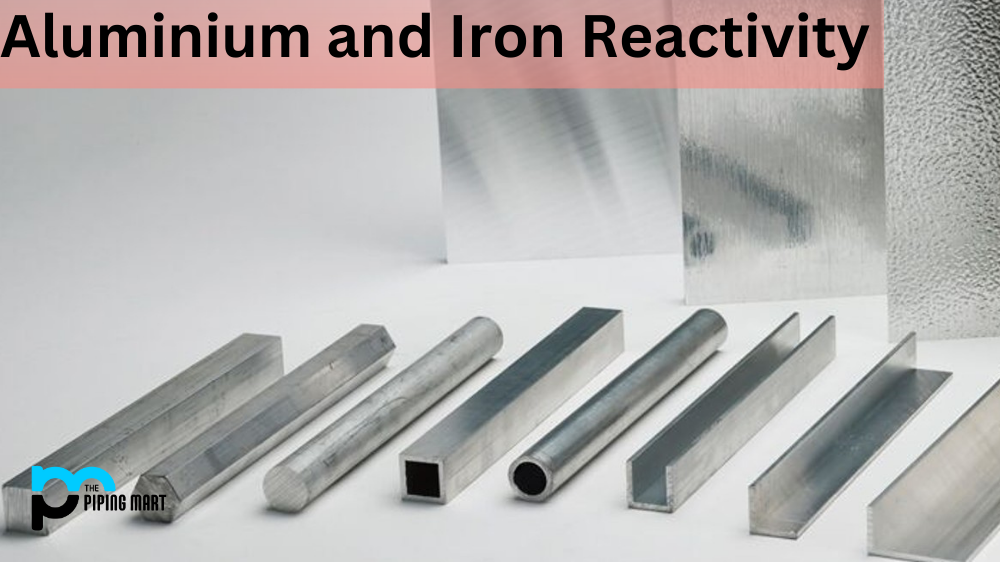Regarding durability and strength, two materials that often come to mind are Grade 5 titanium and 316l stainless steel. Both are frequently used in various industries, including aerospace, medical, and jewellery. However, which one is truly better? In this blog post, we will compare the properties and benefits of Grade 5 titanium and 316l stainless steel, so you can decide which one to choose.
What is Grade 5 Titanium?
Grade 5 titanium is a lightweight, strong metal highly resistant to corrosion and tarnish. It comprises 90% titanium and other elements such as aluminium and vanadium. Grade 5 titanium has a high strength-to-weight ratio, which makes it ideal for aerospace components and other applications where weight is a concern. It is also biocompatible, which means it can be safely used in medical implants and prosthetics.
What is 316l Stainless Steel?
316l stainless steel is a low-carbon, high-grade stainless steel commonly used in the medical and jewellery industries. It is highly resistant to corrosion and staining, making it an excellent choice for applications where aesthetics are important. 316l stainless steel is also very ductile and easy to work with, which makes it a popular choice for jewellery makers.
Difference Between Grade 5 Titanium and 316l Stainless Steel
Benefits of Grade 5 Titanium
The benefits of Grade 5 titanium are numerous. Titanium is extremely durable and long lasting, making it an excellent choice for applications where the material will be subjected to wear and tear. It is also hypoallergenic, which makes it an ideal choice for people with sensitive skin. Due to its high strength-to-weight ratio, Grade 5 titanium is also an excellent choice for aerospace components and other applications where weight is a concern.
Benefits of 316l Stainless Steel
The benefits of 316l stainless steel include its high corrosion resistance and aesthetic appeal. Stainless steel is also easy to clean and maintain, making it an ideal choice for medical implants and other applications where hygiene is important. 316l stainless steel is also very affordable, making it an excellent choice for jewellery makers and other industries where cost is a factor.
Which One to Choose
It all depends on your specific needs and applications. If you need a lightweight and durable hypoallergenic material, Grade 5 titanium is an excellent choice. However, if you need a highly resistant material to corrosion and staining and an attractive appearance, 316l stainless steel is the way to go.
Conclusion
Ultimately, Grade 5 titanium and 316l stainless steel have unique properties and benefits that make them suitable for different applications. By understanding the properties and benefits of each material, you can make an informed decision on which one is right for your needs. Whether you’re looking for a lightweight material for aerospace components or a durable material for medical implants, Grade 5 titanium and 316l stainless steel are excellent choices.




